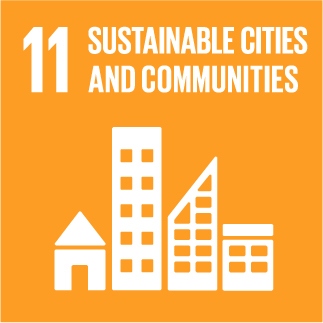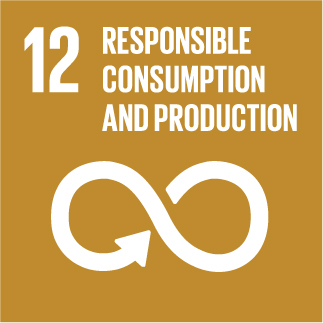URBANREC
Performance of glass-powder concrete in field applications
Publication date: 15 April 2016
Source:Construction and Building Materials, Volume 109
Author(s): Ahmed Omran, Arezki Tagnit-Hamou
Many industrial by-products (e.g., fly ash, silica fume, and granulated blast-furnace slag) have been standardized as supplementary cementing materials (SCMs). Partial replacement of cement by SCMs could reduce cement production and therefore reduce fossil-fuel consumption and greenhouse-gas emissions. These traditional SCMs are not always available in all regions and would be costly to transport. Developing local alternative SCMs (ASCMs) is of paramount importance. Mixed-colored glass cannot be recycled and is normally disposed of in landfills, causing obvious environmental problems. So, valorization of this glass after grinding to same fineness as cement allows its use as ASCM, especially it has pozzolanic behavior. The study reported on herein demonstrates the in situ performance of concrete containing glass powder (GP) used as a partial replacement of cement at various construction sites (in Quebec-Canada between 2006 and 2012), including interior and exterior slabs and structural wall elements. In addition to the environmental benefits, the concrete made with 20% GP replacement showed increases in 91-day compressive strength (7%), 28-day tensile strength (35%), and 28-day flexural strength (4%) compared to reference mixtures without GP. A significant increase in resistance to chloride-ion penetration (284%, i.e., 987 vs. 2800Coulombs) can be obtained when using GP concrete.
Source:Construction and Building Materials, Volume 109
Author(s): Ahmed Omran, Arezki Tagnit-Hamou
Many industrial by-products (e.g., fly ash, silica fume, and granulated blast-furnace slag) have been standardized as supplementary cementing materials (SCMs). Partial replacement of cement by SCMs could reduce cement production and therefore reduce fossil-fuel consumption and greenhouse-gas emissions. These traditional SCMs are not always available in all regions and would be costly to transport. Developing local alternative SCMs (ASCMs) is of paramount importance. Mixed-colored glass cannot be recycled and is normally disposed of in landfills, causing obvious environmental problems. So, valorization of this glass after grinding to same fineness as cement allows its use as ASCM, especially it has pozzolanic behavior. The study reported on herein demonstrates the in situ performance of concrete containing glass powder (GP) used as a partial replacement of cement at various construction sites (in Quebec-Canada between 2006 and 2012), including interior and exterior slabs and structural wall elements. In addition to the environmental benefits, the concrete made with 20% GP replacement showed increases in 91-day compressive strength (7%), 28-day tensile strength (35%), and 28-day flexural strength (4%) compared to reference mixtures without GP. A significant increase in resistance to chloride-ion penetration (284%, i.e., 987 vs. 2800Coulombs) can be obtained when using GP concrete.

» More Information

This project has received funding from the European Union's Horizon 2020 research and innovation program under grant agreement Nº 690103




URBANREC Guidelines by URBANREC Consortium is licensed under a Creative Commons Reconocimiento-NonComercial-NoDerivatives 4.0 Internacional License.
Puede hallar permisos más allá de los concedidos con esta licencia en www.aimplas.net
